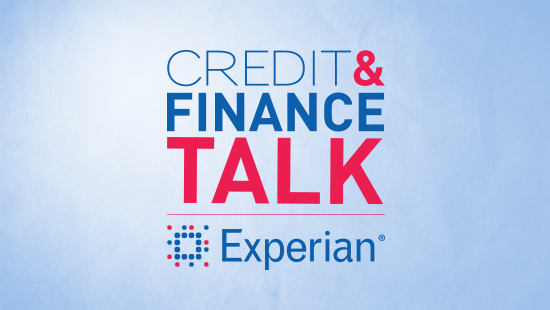All posts by Editor

 Summertime only comes around but once a year. And when it does, you can always expect to see the sun shining brightly, kids eating ice cream and folks heading to the beach.
While all these may be staples of the season, none are more indicative of summer than seeing someone drive down the highway in a nice convertible with the wind blowing through their hair.
Summertime only comes around but once a year. And when it does, you can always expect to see the sun shining brightly, kids eating ice cream and folks heading to the beach.
While all these may be staples of the season, none are more indicative of summer than seeing someone drive down the highway in a nice convertible with the wind blowing through their hair.

Ori Eisen, founder of the 41st Parameter, a part of Experian, and Frank Abagnale Jr. spoke with Bloomberg TV recently about new major new fraud threats emerging and how Experian can help protect organizations and their customers from becoming victims. Experian’s fraud prevention and identity management business helps clients combat the global fraud epidemic costing businesses hundreds of billions of dollars every year. You can the watch the interview here: Corporate account takeover is a growing issue as virtually any web site leveraging username and password authentication can be affected. Our Decision Analytics team wrote about the account takeover trend earlier.

Cybersecurity is increasingly becoming a challenge across many industries. I recently spoke with Mike Gross, the director of risk strategy and professional services at 41st Parameter, about how the banking industry is changing to adapt to new mobile technology and the new forms of fraud that exist as a result. At 41st Parameter, Mike is responsible for identifying fraud trends across several industries helping clients with risk management control and measuring the performance of new risk strategies. You can read the full interview here: http://bit.ly/WzDall To learn more about 41st Parameter please visit: https://www.experian.com/decision-analytics/41st-parameter.html

Experian Marketing Services’ Client Summit and The Digital Marketer report recognized among more than 3,300 nominations nationwide Experian Marketing Services, a global provider of integrated consumer insights and targeting, data quality and cross-channel marketing, was presented with three bronze Stevie Awards at the 12th Annual American Business Awards in Chicago, Illinois, on Friday night, June 13, 2014. The American Business Awards is the nation’s premier business award program. All organizations — public and private, for-profit and nonprofit, large and small — operating in the United States are eligible to submit nominations. As a winner, Experian Marketing Services was recognized from more than 3,300 nominations that were submitted this year.

Half of married couples in the U.S. say that credit scores were important to them when choosing a mate, according to the latest Experian Consumer Services survey comparing the relationship between marriage and credit. The study also showed that 95% of participants rate “financial responsibility” as important, with “physical attractiveness” and “career ambition” following at 86% and 77%, respectively.

 Experian® is pleased to announce its partnership with Clear Channel and the premiere of its iHeart Radio show, Credit & Finance Talk with Experian, which is already gaining lots of listeners.
Experian® is pleased to announce its partnership with Clear Channel and the premiere of its iHeart Radio show, Credit & Finance Talk with Experian, which is already gaining lots of listeners.

The first 24 hours of a Data Breach Response are the most critical and we have the most important seven steps to insure that your organization does not go off track. A data breach of personal identity information or protected healthcare information is a breach of trust. Employees, patients, consumers or even partners are put at risk if their information is disclosed during a security incident.

The Small Business Credit Share is a “give-to-get” data consortium in which members provide more detailed data about the performance of the accounts in their portfolios. In exchange for expanded contribution, members get exclusive access to enriched information that is deeper in content than what is available to standard Experian clients or through competitive credit share programs. They benefit from the more comprehensive reports, business credit scores, attributes, and reporting that are available. The Small Business Credit Share is open to all credit granting institutions, including financial institutions, companies that issue trade credit, telcos, utilities and others. The tradeline performance reporting from this broad swath of B2B companies helps drive the effectiveness of the products that are available to members. The Small Business Credit Share has firm qualification standards to insure consistent information and regular reporting guidelines are followed, to help protect the interests of all members.

Experian’ s Vision Conference in Dallas wrapped up today with the last round up breakout sessions and a keynote address from Texas legend Roger Staubach, Heisman Trophy winner, Super Bowl MVP and Executive Chairman of Jones Lang LaSalle Americas.